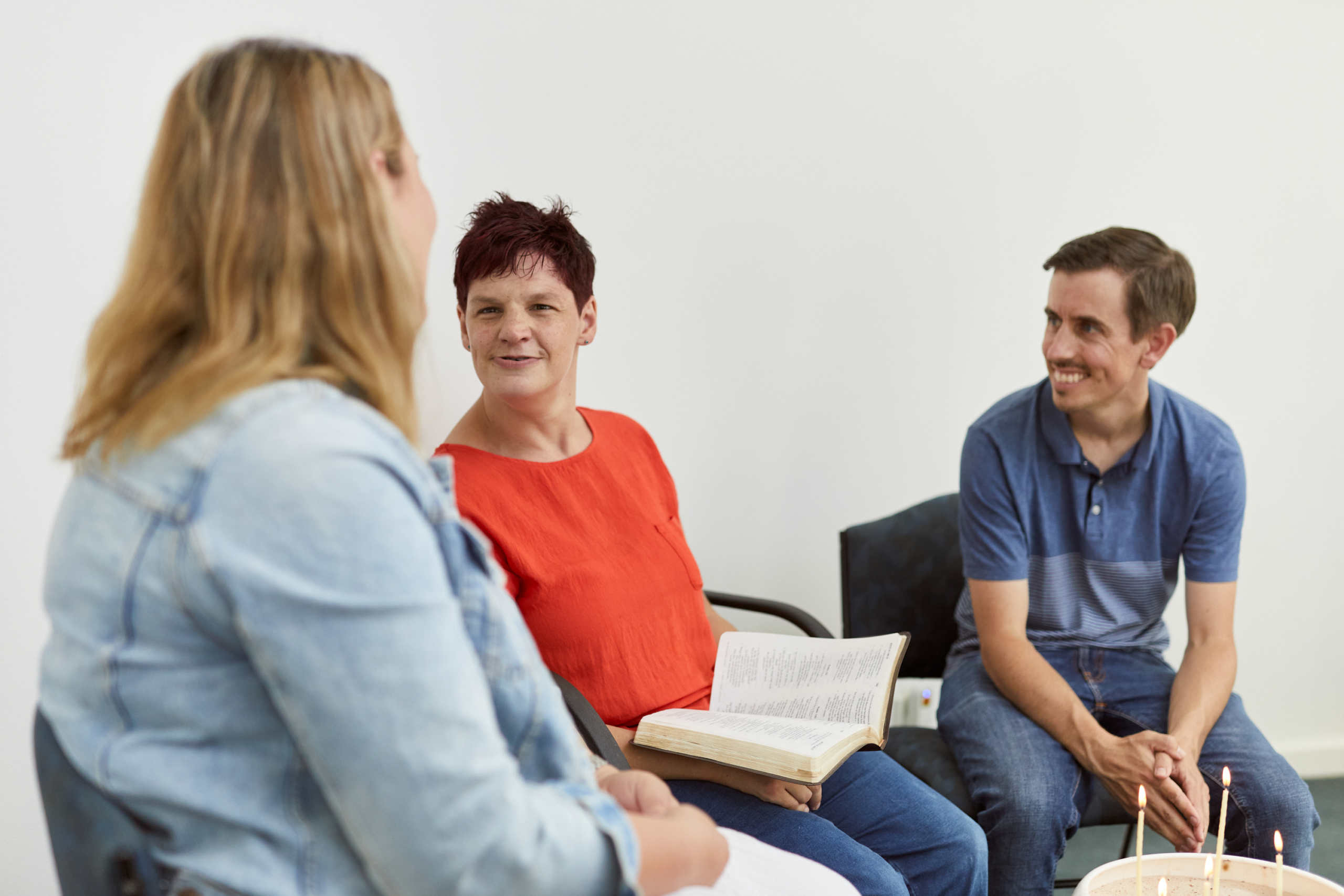
“I will never forget a church that had a sign… that declared the building was ‘disability accessible’. A ramp led up the side of the steps to the entrance, and then one step remained to enter the church.
“For many people with a disability, that one step serves as an apt metaphor for how the church has welcomed them,” – Rev. Dr. Trace Haythorn, chaplain and author
What is physical accessibility?
Physical accessibility is designing and building spaces that can be used by people with physical disabilities.
The Australian Standards and National Construction Code (NCC) lay out the main requirements for public buildings, including churches, in great detail. Everything is covered from the appropriate height of resource shelves to toilet facilities to sightlines to the stage from seated positions.
If you’re thinking of making changes to your building, consider engaging a local architect, registered builder, or access consultant to discuss specific changes.
Is following the building regulations enough?
It’s really important to remember that regulations like these only outline the minimum requirements for creating accessible spaces. But has your church considered what is best?
“When I first went to the Anglican church which was close to me it was a fairly new building. The minister there said, ‘It’s ok. We’re all fine for accessibility,’ until I discovered that the female toilet had a wall coming out at 90 degrees and I couldn’t turn my wheelchair to go through the door.
“They were just horrified. It just reminded me that even new buildings, which have accessibility in mind, may not be accessible until you actually have someone that has to use it.” – Janet McKinney1
Striving for best practice disability inclusion
Janet’s story shows that being a disability friendly church is not just a box-ticking exercise. To really love people with disabilities, churches should be striving for a best practice approach.
What do we mean by best practice? Best practice tries to create spaces that can be accessed, understood and used to the greatest extent possible by all people, regardless of their age, size or ability. What’s more, this is not just a special requirement for a few people in the congregation. If an environment is accessible, convenient and a pleasure to use, then everyone benefits!
Our churches should be places where people are invited into the loving community of God’s family.
When we ask questions and listen to those who use our spaces, even the church building can help welcome everyone in Jesus’ name.
Check your church’s physical accessibility
Download the Quick Church Accessibility Checklist.
1 Janet McKinney’s has a genetic condition called Ehlers Danlos. She worships with the Anglican community in Canberra.
